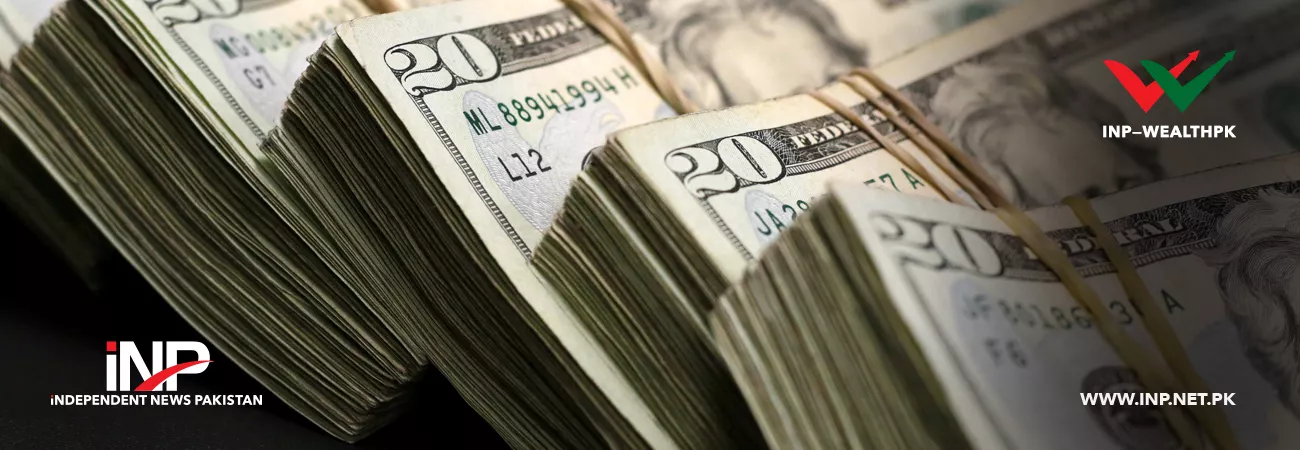آئی این پی ویلتھ پی کے
Muhammad Soban
The State Bank of Pakistan (SBP) recorded a drop of $341 million in foreign exchange reserves as of September 23, 2022.
According to data released by the central bank, foreign exchange reserves again declined by 4.07% to $8 billion.
Overall liquid foreign currency reserves held by the country, including net reserves held by banks other than the SBP, stood at $13.761.9 billion. Commercial banks held $5.756 billion in net reserves.
Pakistan has less than a two-month import coverage based on its current foreign exchange reserves. There has been severe pressure on the Pakistani rupee this month due to the critical level of reserves.
The central bank said that external debt repayments caused decline in reserves.
Earlier this month, the SBP received a tranche of $1.2 billion from the International Monetary Fund (IMF), which has helped to build foreign reserves and kept the economy from plunging into a full-blown recession.
Pakistan has been desperately seeking dollar inflows to meet its balance-of-payments needs. In July, the rupee experienced its worst monthly performance in over 50 years due to a low level of reserves.
According to expectations, the fund disbursed by the Washington-based lender would support the forex reserves by stabilizing the local currency.
To meet the higher financing needs this fiscal year and unlock additional financing, the IMF board approved extending the Extended Fund Facility (EFF) until June 2023 instead of September 2022. The board also approved the augmentation of access by SDR 720 million ($1 billion), bringing the total to $6.5 billion.
There is a good chance that foreign reserves will reach $16 billion by the end of FY2023. A major driving force behind this will be the additional funding Pakistan will be able to access this fiscal year. Pakistan must also adhere to important IMF-agreed steps and continue its program to achieve this.
Pakistan's gross finance requirements for FY23 will be approximately $30 billion, which include current account deficits and debt repayments, while available financing will be $37 billion.
A bailout from the IMF helped Pakistan avoid a looming default, with additional support likely to come from friendly countries.
There have been loan rollovers from China totaling more than $4 billion, while Arab nations, including Saudi Arabia, have committed $9 billion in investments and loans.
A presentation given by the central bank in July stated that Pakistan's external debt is low, primarily held by the public sector and sourced from concessional multilateral and bilateral sources. There is a 36% foreign debt burden for the country.
Though the risk of default has been averted with IMF loans, Pakistan must focus on long-term structural reforms by increasing exports to lessen the trade deficit.
Credit : Independent News Pakistan-WealthPk



